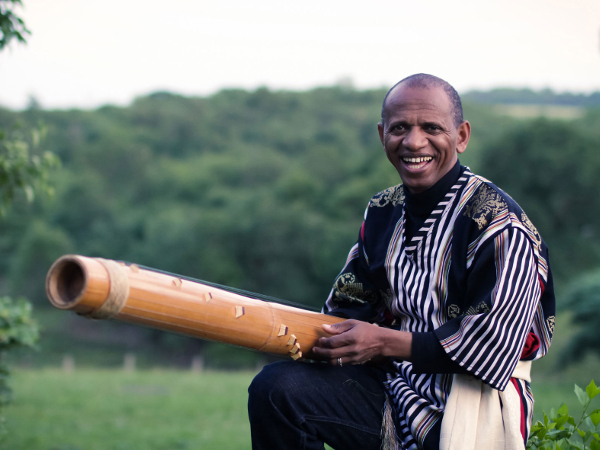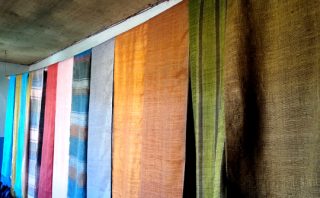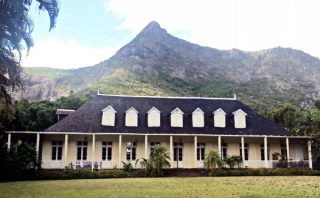The lights dim and the audience quiets. A musician comes on stage standing amid microphones, guitars, and drums. He’s holding a length of bamboo with wires fixed to it. He plucks, presses, and strums. Beautiful music comes forth.
This is Rajery. This is a valiha.

What a delighful sound. Rajery smiles as he plays. It’s contagious. I smile. I look around. The audience is smiling, too.
The Valiha
The valiha is a tubular zither traditionally made from the Valiha diffusa species of bamboo found in Madagascar. A what? Yeah, that’s what I thought too. Zither?
Zither is a German word that describes musical instruments that have strings across a thin, flat body. Oh, I get it, like an autoharp. The valiha generally has 21-24 strings. Traditionally, the strings are cut from the fibrous surface of the bamboo tube then pried up and raised by small bridges. Today, the strings are often made of unwound bicycle brake cable while some valiha musicians use guitar or piano strings.
I read many sources that say the valiha is the national instrument of Madagascar. I couldn’t verify this. There isn’t any sort of official declaration from the Malagasy government that I could find. There are a lot of music critiques who say this, and the few with references just cite another critique who says the same thing. Still, everywhere in Madagascar I’ve traveled has been someone selling valihas, usually a street vendor carrying a few around with him or her. And, certainly, valiha melody and rhythm evoke the peoples and places of this island.
Rajery
Rajery’s technique playing the valiha is unique. He has only one hand. He lost his right before his first birthday. However, if this weren’t a live performance, I wouldn’t have known this just from listening.
As he ends his first song, Rajery is joined by a bongo player. A friend leans over and says this is Rajery’s son. They play together, strings and percussion.
A guitar player comes on stage. My friend says this is another of Rajery’s sons. His guitar is literally made from a section of bamboo with six guitar strings, frets, and keys attached. Father and sons play.
The remaining musicians assemble – electric six string guitar, electric bass guitar, and drums. Their repertoire ranges from a cappella hymns to traditional Malagasy to a fusion of traditional Malagasy, pop, and jazz.
Here is a man who clearly enjoys his art. He gets the audience to sing along, clap, and dance. He plays an impromptu set with a local band after the show. He happily greets audience members who ask to have their photo taken with him.
Rajery’s album Tantsaha released in 2012 is for sale. I buy one. I take out the insert, and ask Rajery to autograph the compact disc cover. He’s happy to sign it.
Throughout the evening, he’s spoken to the audience in French. I tell him in Malagasy that I don’t speak French and only a little Malagasy. He laughs and chats with me for a minute in English and Malagasy as he signs the CD cover.
Tantsaha is about Malagasy farmers and the environment. One euro from from the sale of each CD of Tansaha goes to the Tree of Life Project sponsored by the organization Friends of Rajery. This is an environmental education program on deforestation initially focused on schools in rural Madagascar. As part of the project, school children plant and take care of ten trees — five at school and five fruit trees at home. Friends of Rajery believe this is a way to involve children and their parents in Madagascar’s future.
Thank you Rajery and band. Thank you much to restaurant and guesthouse Ocean 501 and Alliance Française for sponsoring this concert. My friends and I had a lovely evening.







I love your posts. Thank you for sharing your adventure and this part of the world with me. I may never get to Madagascar but have a better insight into it’s people and culture because of you. Thanks so very much.
You are so very welcome. I hope you get travel to this very amazing island some day.